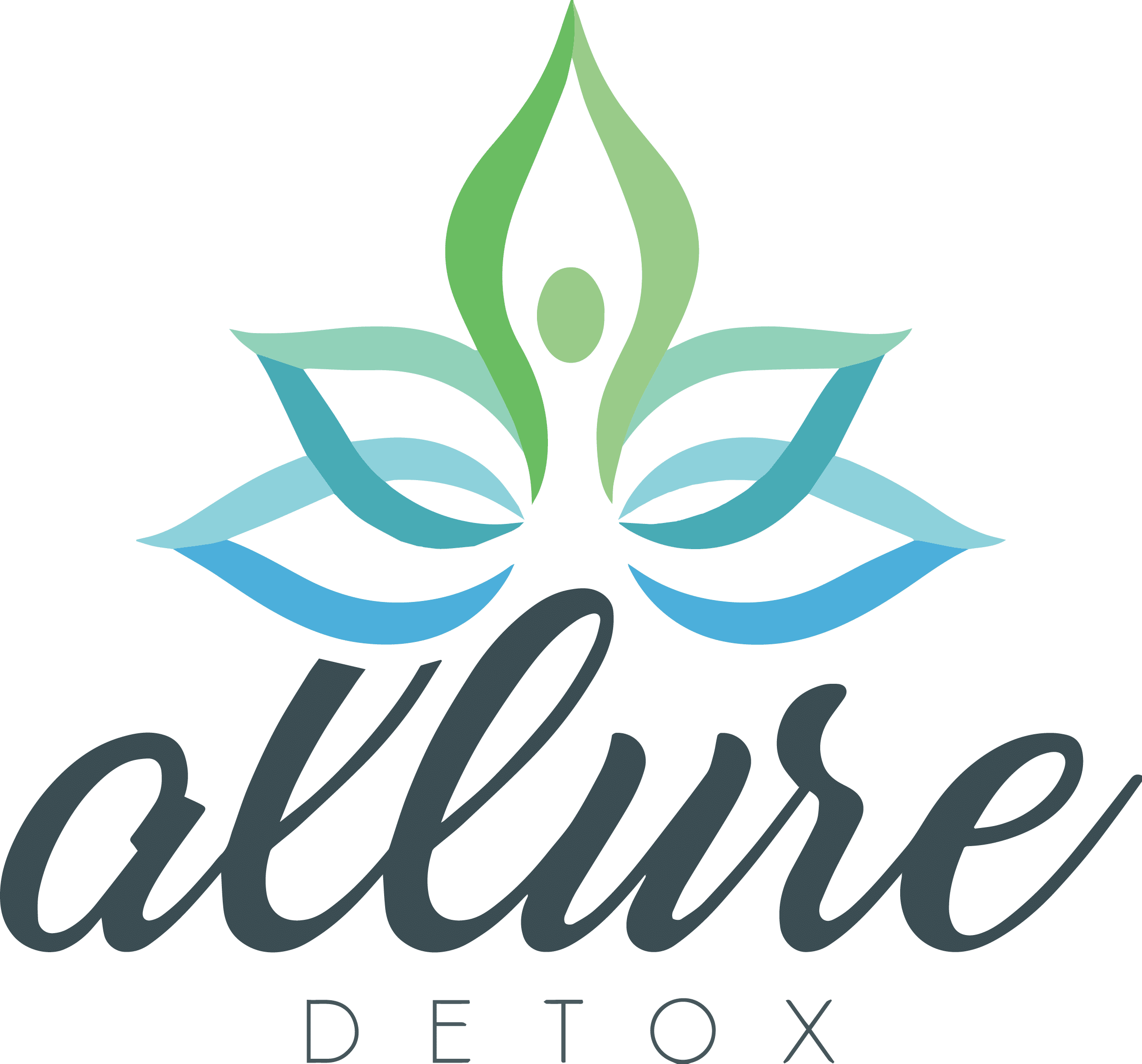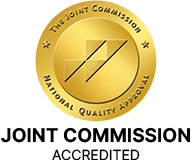Studies have found that over 3,694,500 individuals in the U.S., inject drugs intravenously. With the prevalence of injections increasing, so too are their associated risks.
One such risk is a blown vein, a condition that happens when the needle damages your vein walls, causing blood leakage.
Whether it came from being administered an IV drug or substance abuse, the complication can stem from various causes.
Stick around as we learn more about how you can treat a blown vein, its symptoms, causes, and prevention methods to employ.
Table of Contents
What Is a Blown Vein?
A blown or ruptured vein occurs when a blood vessel becomes damaged, often from incorrect needle insertion.
Healthcare professionals typically puncture your vein wall to draw in blood from its opening. In cases of a blown vein, the needle will go further in and penetrate through to the other side.
Subsequently, it’ll result in blood leaking around the affected area. Once a vein is torn, you can’t attempt any IV insertions in that injection site.
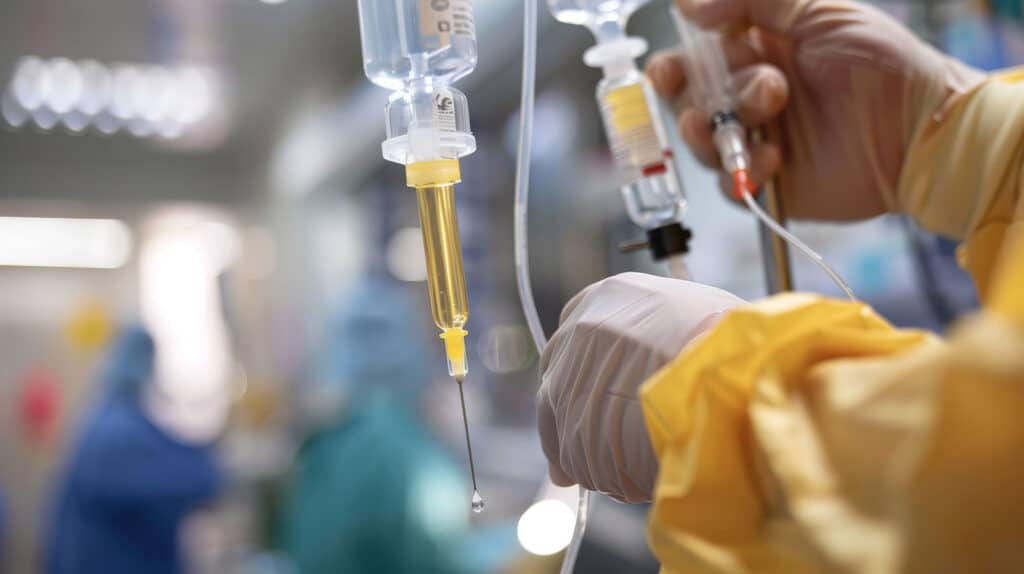
A Quick Guide to Treating a Blown Vein
Fortunately, a blown vein is usually harmless. Your assigned medical practitioner will need to apply pressure on it to limit the blood loss.
Next, the area will need to be cleaned to avoid any infection. The site will probably swell and bruise afterward.
You can alleviate the swelling with an ice pack. It should heal within 12 days or so.
Causes of a Blown Vein
In essence, a blown vein usually happens when a needle insertion isn’t properly performed. Here’s why that could happen:
1. Substance Abuse
If someone is struggling with injectable substance usage, they may accidentally insert the needle multiple times in the same site. These frequent injections will eventually damage the skin.
Additionally, some types of drugs can harm the veins. For instance, heroin’s high acidity can exacerbate a vein’s condition.
2. Incorrect Needle Size
Needles are categorized based on their gauge number. The higher it is, the smaller the needlepoint needs to be. These smaller-sized options are best used for small veins located around the hands.
A larger needle may have more risk of blowing a vein, but that doesn’t exempt smaller needles from the margin of error, as they may be too small to provide enough tactile sensation to prevent injury.
3. Incorrect Needle Insertion
During injection, whether it’s a medical professional or a regular person, it may be a bit difficult to immediately find a vein. As such, the constant searching for a vein while the needle is under the skin may result in vein injury.
4. Rolling Veins
Some veins move around when touched more easily than others. If your nurse happens to choose a rolling vein, it may slightly shift its position, increasing the risk of a blown vein.
Typically, a medical professional begins by touching the vein with their fingers to test for mobility, minimizing such a risk. Still, it’s a risk that’s present.
5. Fragile Veins
Fragile veins can also be the culprit behind blown veins. As you grow older, your veins become more fragile. Time wears your vein walls, making them lose their elasticity.
In addition to age, frequent IV drug use can also weaken your veins and make them less flexible.
For this reason, trying to inject an overly fragile vein will make it more susceptible to rupturing.
6. Too Much Movement
Too much movement during the insertion of a needle can also cause a blown vein. Whether you’re doing the injection yourself or having a professional do it for you, it’s best to minimize movement.
One trick to help is looking away from the needle during injection, as fear can cause uncontrollable jerks or sudden movements.
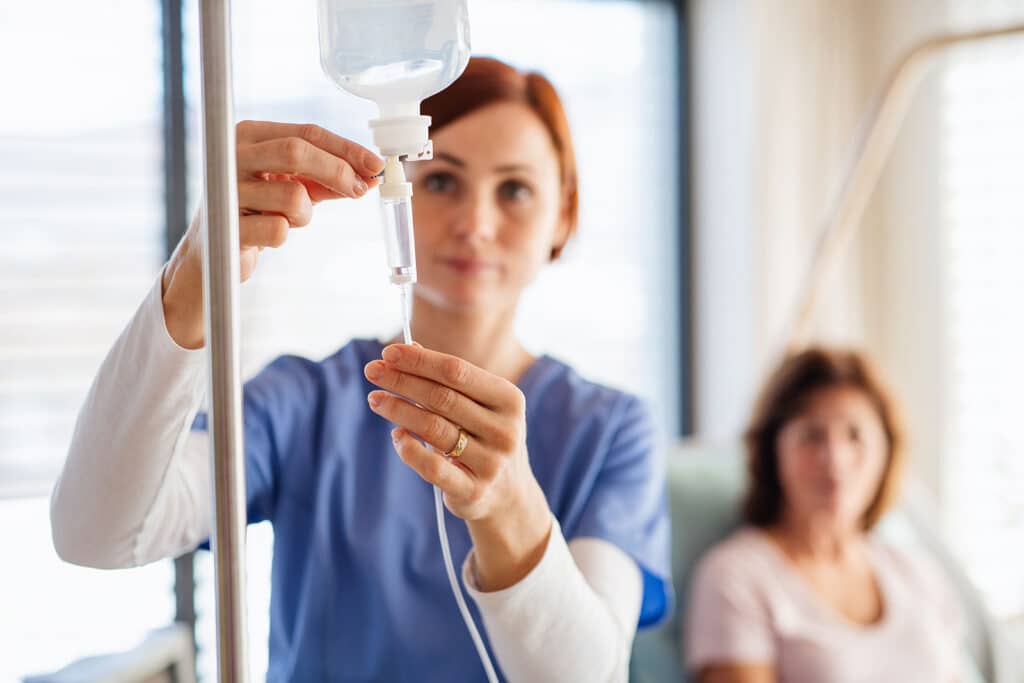
Symptoms of a Blown Vein
A blown vein can exhibit the following symptoms:
- Bruising
- Skin discoloration
- Mild pain and discomfort
- Swelling
- Leaking blood or fluid
- Stinging sensation
- Tenderness to the touch
The Difference Between a Blown Vein vs. Collapsed Vein
A blown and collapsed vein may be confused due to similar symptoms like swelling and bruising, but they’re different.
A collapsed vein occurs when the vein walls cave in or flatten, blocking blood flow. Meanwhile, a blown vein involves rupturing.
In some scenarios, a collapsed vein may never bounce back, leaving it permanently blocked. Fortunately, the body reacts by developing new blood vessels to bypass the poor circulation.
How to Prevent a Blown Vein
The good news is that there are several prevention methods you and your medical professional can employ to avoid a blown vein.
Better Preparation
Your medical practitioner can take certain steps to better prepare for the insertion, such as:
- Choosing a vein that is visible and stable to insert the catheter in.
- Using a tourniquet for older people or those with fragile veins to increase visibility.
- Preparing the correctly sized needle.
- Putting their thumb below the injection site to avoid too much vein movement.
Hydration
Staying well-hydrated makes the vein-searching step easier for the nurse. Hydration means more water in your veins, making them stiffer and more convenient to draw blood from.
Extra Caution During Needle Insertion
Once the needle is in, nurses or medical professionals must take steps to ensure a safe draw and release. They can do so by:
- Pushing the needle from a 30-degree angle (as parallel as possible to the vein).
- Instructing you to remain steady and avoid excess movement.
- Removing the needle carefully and applying pressure on the site afterward.
- Taking out the tourniquet or blood pressure cuffs before sliding out the needle.

Complications of a Blown Vein
A blown vein isn’t categorized under serious injuries. It mostly heals on its own over time. Nevertheless, a blown vein can turn into a collapsed one.
It usually happens over time, particularly to those who frequently receive drugs through IV, such as cancer patients needing intravenous treatment and individuals who generally take several drug tests at a time.
It’s also possible among those struggling with drug addiction since they may overuse the same site.
Another critical complication worth mentioning is when the liquid, non-vesicant medication meant for intravenous treatment could spill onto surrounding tissue. This is known as infiltration.
If the liquid is vesicant or causes blisters, like chemotherapy medication, it’s called extravasation.
In this case, you’ll risk further complications such as inflammation, irritation, pain, and swelling.
Drug Abuse and Vein Damage
Those facing intravenous substance abuse may overuse a vein and resort to other limb areas, such as their legs, to inject illicit substances.
This spreads the vein damage to other regions, exacerbating their condition. Overall, this could lead to more debilitating cases, including chronic venous disorder (CVD). This can result in harmful effects, like pain, cramps, edema, weakness, and itching.
With continued drug use, these symptoms will likely worsen as your veins weaken even more.
When to Seek Professional Help
While blown veins generally won’t cause major complications, they may require additional assistance in healing. You’ll want to see a doctor if you notice the following symptoms:
- No healing after weeks
- Difficulty in moving the affected area
- Strong pain
- Fever
- Excess swelling
To Conclude
Even though a blown vein is relatively harmless and easily treatable, it can cause dangerous complications. If someone struggling with intravenous substance abuse has a blown vein, they can’t inject anything in that same vein.
Consequently, a situation may arise where they need to inject a life-saving medication, but can’t. If you or a loved one is suffering from drug abuse, don’t hesitate to contact Allure Detox to receive the necessary help.
Published on: 2024-06-11
Updated on: 2025-04-14
